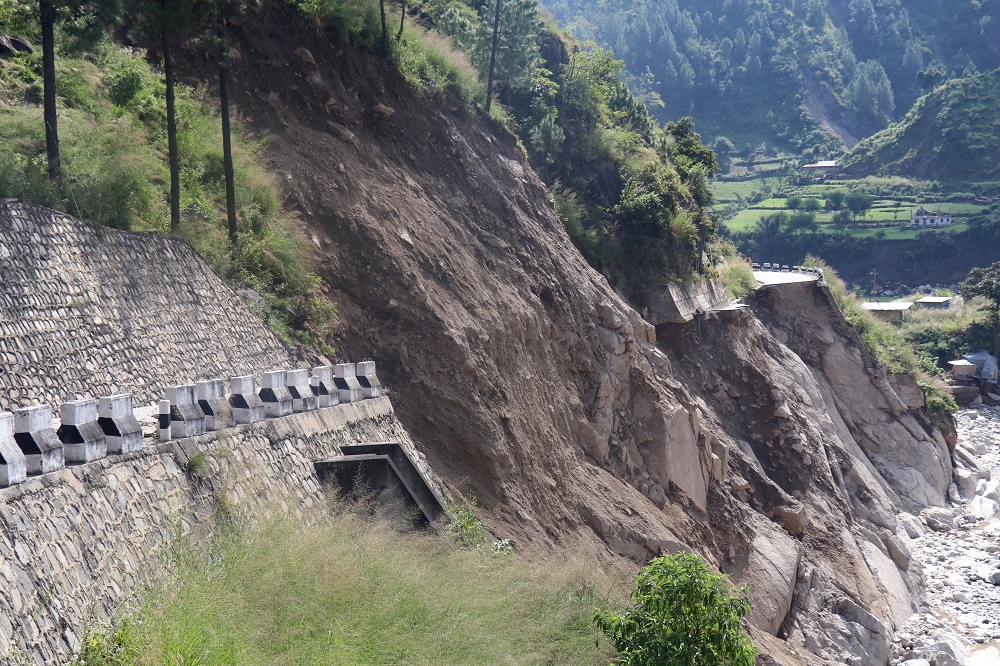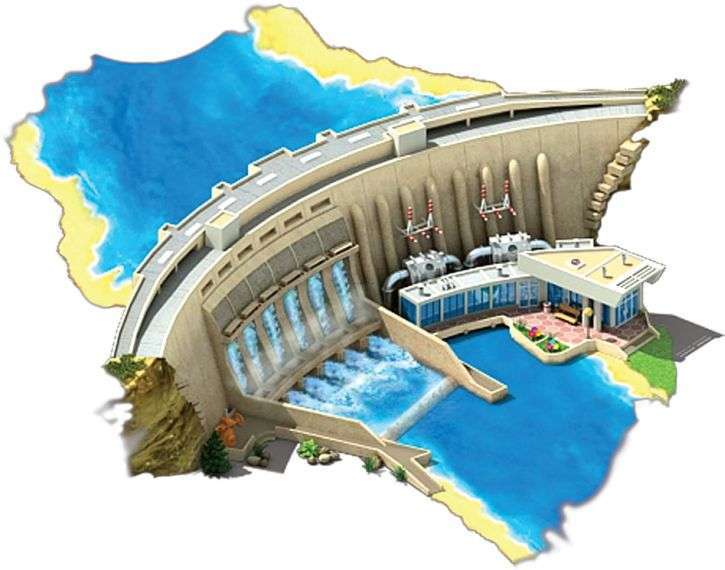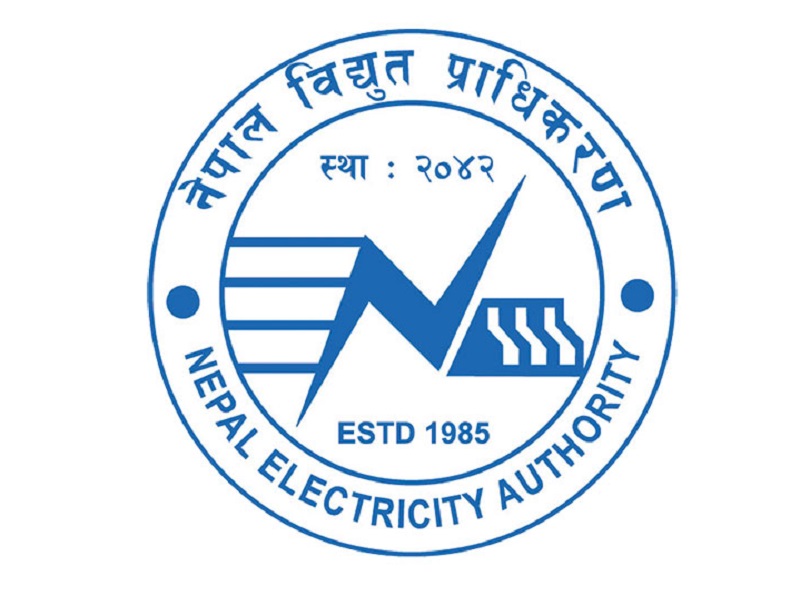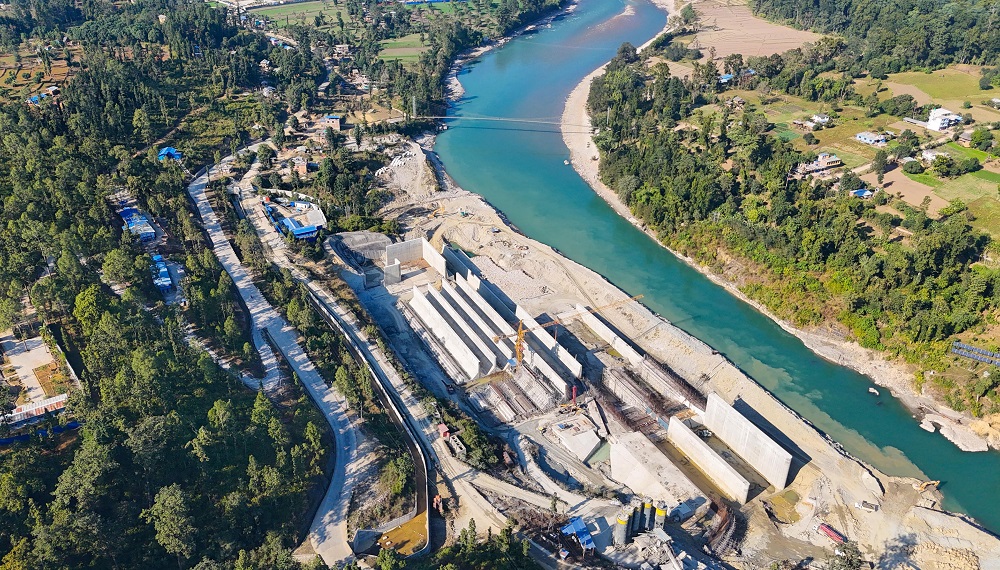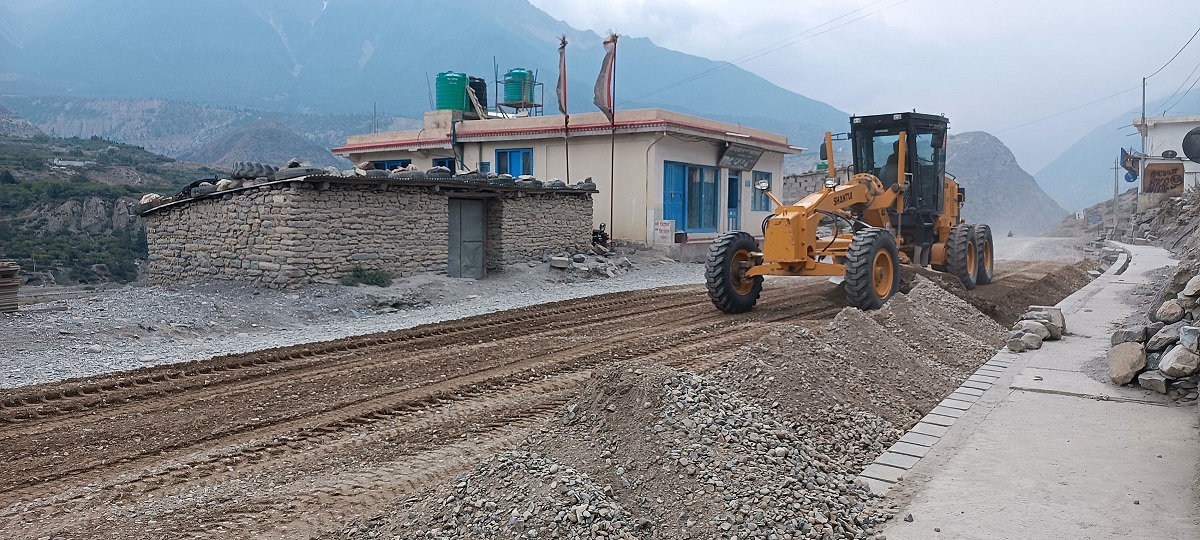Although the government has long adopted a policy to terminate stalled small and large projects for which procurement agreements have already been signed but work remains incomplete, the number of such contracts remains alarmingly high.
According to the 62nd Annual Report of the Office of the Auditor General (up to Fiscal Year 2023/24), a total of 355 projects under the Department of Roads alone were in a stalled state, despite having signed procurement agreements. These contracts have remained incomplete even though their deadlines have long passed—some by as much as one to five years.
The report shows that by FY 2023/24, the Department of Roads and its subordinate agencies were handling a total of 2,106 contracts. Of these, 355 contracts—valued at Rs 30.11 billion—were identified as stalled. In addition, 9 out of 26 major foreign-aided projects were also found to be non-functional, involving contracts worth Rs 51.43 billion. Altogether, 364 contracts worth Rs 81.58 billion have been categorized as stalled.
This is not a new issue. A 2019 report published by the Commission for the Investigation of Abuse of Authority (CIAA) had revealed that between January 2009 and January 2020, as many as 906 contracts under the Ministry of Physical Infrastructure and Transport and the Department of Roads were stalled.
In an effort to address this persistent problem, the government has been revising the Public Procurement Regulations each year to allow for a one-year extension of contract periods. However, this strategy has not proven sufficient to significantly reduce the number of stalled projects.
The 62nd Auditor General’s Report provides a breakdown of stalled projects by duration. It found that 228 contracts had remained stalled for 1 to 5 years, 110 contracts had been inactive for 5 to 10 years, and 19 contracts had not progressed for over a decade.
The report also examined these contracts based on their progress status. It found that 20 projects had seen zero physical progress, 104 had made up to 50% progress, 185 had progressed between 50% and 90%, and 55 projects had surpassed 90% completion but still failed to conclude.
In terms of time extensions granted to contractors, 103 contracts had been extended up to 200% of their original duration. Another 110 had received extensions of between 200% and 400%, while 151 contracts were extended by more than 400%.
Speaking on the matter, Ramhari Pokharel, Director General of the Department of Roads, acknowledged the difficulty in bringing the number of stalled projects down to zero. “We've long been advocating for contract terminations,” he said. “In this period, we’ve already cancelled several contracts and re-awarded them. Some cases are still in court. We've significantly reduced the number of such projects, but not eliminated them entirely.”
Pokharel pointed out that there is no single reason for delays. Some projects were signed without budget allocations; others faced issues related to land acquisition, local-level obstructions, or legal disputes. “We have not been able to allocate sufficient budget for some of the identified projects,” he said. “As a result, the government either needs to terminate these projects or continue extending deadlines.”
He also cited delayed payments and budget shortfalls as significant contributing factors. “Although the number may decrease, new stalled projects continue to emerge,” Pokharel said.
Under the current procurement rules, contractors are allowed to request deadline extensions. Once requested, the department is often compelled to grant them, leaving limited room for stricter enforcement or alternative solutions.



